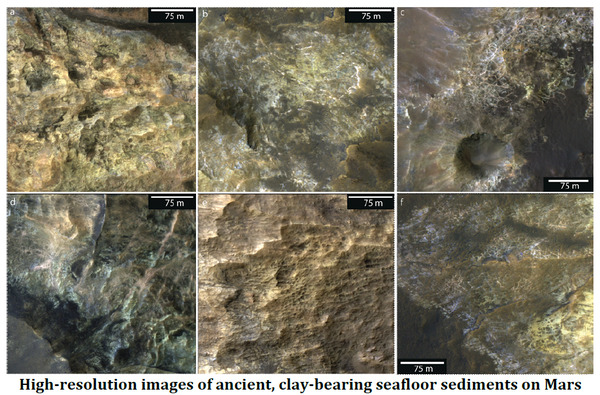ELSIセミナー
The mineralogy, crystal-chemistry and geologic context of clay minerals on Mars
- スピーカー
- Speaker: Joseph Michalski (Natural History Museum, London UK)
- 日付
- June 3, 2015
- 時間
- 15:30
- 場所
ELSI Building - 104 Communication Room
Title:
The mineralogy, crystal-chemistry and geologic context of clay minerals on Mars
Abstract:
The last 20 years of exploration of Mars have revolutionized our understanding of the geology, geochemistry, and habitability of the red planet. The surface is largely composed of volcanic materials - basaltic lavas and ash - that have been intensely fragmented by meteor impact. However, throughout the most ancient crust, are 1000s of exposures of clay minerals, which occur in a variety of geologic contexts and have clear implications for the ancient habitability of Mars. Some of the most interesting deposits include Fe/Mg-rich smectitic clays and carbonates found in ancient crater basins that likely represent paleolakes and, in at least one case, a vast ancient sea. Using laboratory analyses of Fe/Mg-rich seafloor clays on Earth, it is possible to place strong constraints on the crystal chemistry of the clay-bearing deposits. Globally, most (>70% of) smectite deposits on Mars are very Fe-rich (FeO/MgO ratios of 10-30). However, some of the most interesting deposits are Mg-rich trioctahedral clays, likely including saponite, talc and talc-saponite mixed-layer clays found in the putative seafloor deposits. These rocks display unusual green-yellow, mottled colour patterns and massive textures containing boxwork veins. In this talk, I will discuss the global picture of clay mineralogy on Mars, as well as the geology of some of the most interesting deposits.












